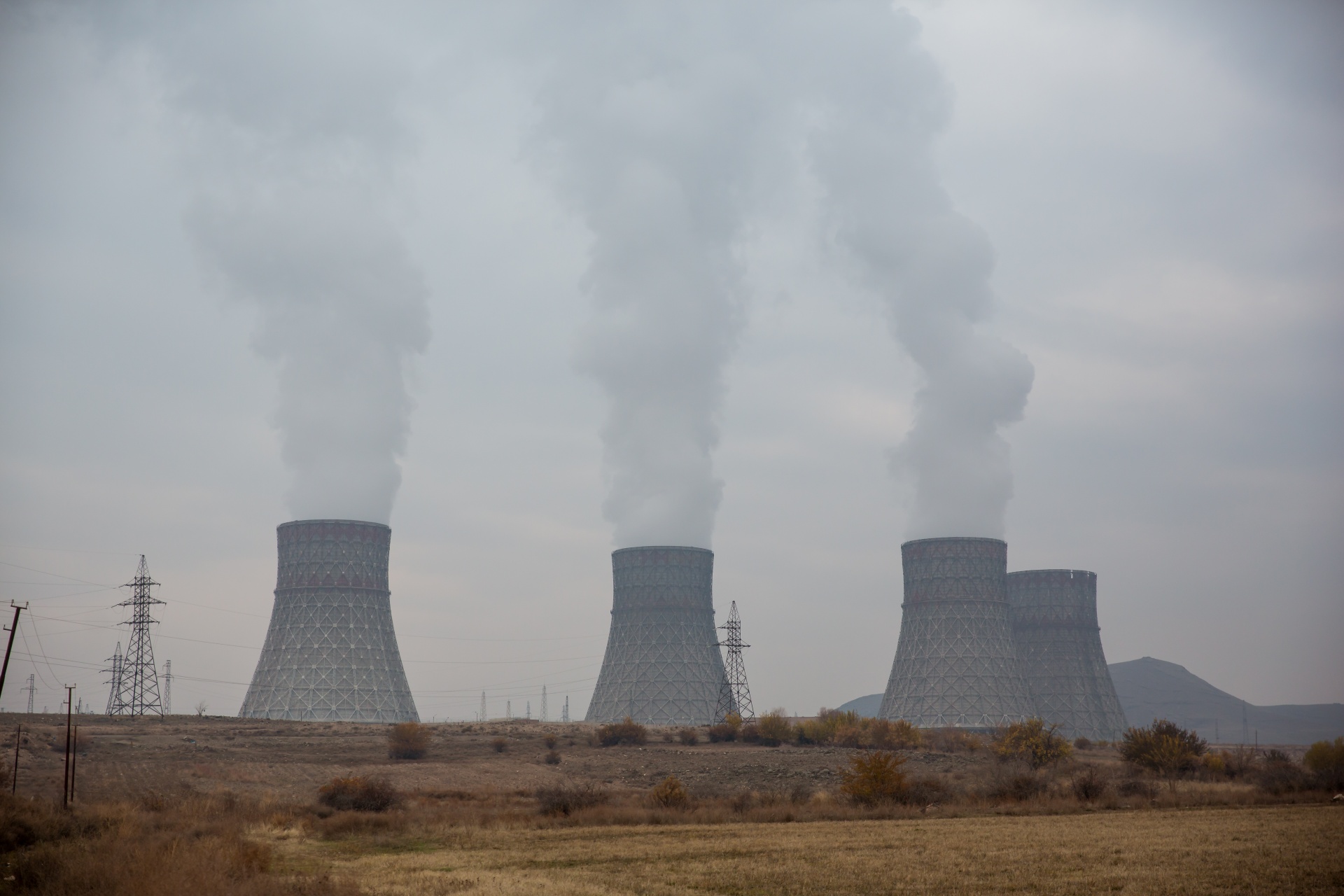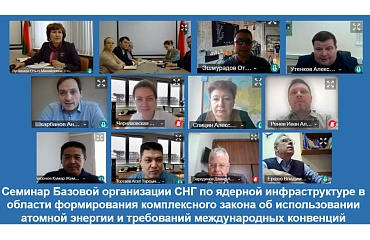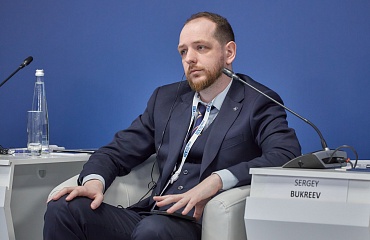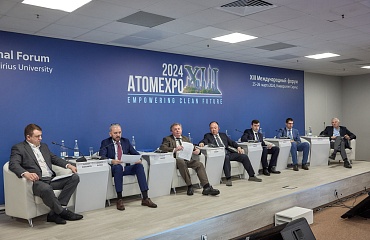Annealing perspectives: all about Armenian NPP upgrade

Source: Strana Rosatom
(https://strana-rosatom.ru/2021/06/10/otzhigatelnye-perspektivy-vse-o-mode/)
Armenian NPP operation has been suspended from May 15. 141 days were scheduled for planned preventive maintenance of the Power Unit No.2 with full core unloading. Reactor vessel annealing is the key operation ahead. After it, it will become clear how much longer the plant can be operated. When Armenian delegation visited Moscow, “SR” news reporter learned the details of the upgrade and lifetime extension of a single Armenian nuclear power plant.
One in the power system
Movses Vardanyan, First Deputy Director General of HAEK CJSC, NPP operating company, Armenian NPP Director remembers the 1988 earthquake well: “At that moment I was working at the power unit. For a few seconds we thought that due to some kind of error, a hydraulic shock occurred as the deaerator was swinging and the pipelines were knocking. It turned out that an earthquake had begun. But we had no serious problems, the NPP withstood the earthquake. All TPPs stopped, short circuits occurred in their open switchgears. Only the NPP remained in the power system.”
The NPP remained operational after the earthquake. Nevertheless, the Council of Ministers of Armenian SSR made a decision to shut it down taking into account the seismic situation. As a result, the NPP did not operate for six years, electricity was produced mainly by TPPs but only 10-15% of the required volume. The decision to restart the NPP was made in 1993, after the country’s worst energy crisis. The Power Unit No.1 could not be restored, since cutouts were made in the steam generator vessels - metal samples were taken for testing. The Power Unit No.2 was restarted as soon as possible in 1995 with the help of Russian specialists.
The concept of improving the NPP seismic stability was developed jointly with the IAEA. “We transformed the concept into a big programme jointly with OKB Gidropress and Atomenergoproekt of Nizhny Novgorod,” explained Movses Vardanyan. - All new equipment at the power unit is seismic-resistant. Work was also conducted to strengthen buildings, structures, etc. Initially, according to our design, the NPP had to withstand an earthquake with acceleration of 0.2 g. Now this standard has reached 0.35 g. It will be 0.42 g at the next stage. In addition, we plan to purchase mobile equipment necessary to ensure safety in case of beyond-design-basis accidents”.
In 2014, the country’s leadership made a decision to carry out a large-scale upgrade of the Power Unit No.2. Since 2015 works under the contract are arranged by Rusatom Service JSC, member of the electric power division of the Rosatom SC. According to Akob Vardanyan, Deputy Minister of Territorial Administration and Infrastructure of Armenia, more than $200 million has already been spent on the upgrade.
“This year we have to upgrade the reactor emergency core cooling system, repair the spent fuel pool, conduct eddy current testing of steam generator piping, etc. Reactor vessel annealing is the main goal. Upon completion of all works, the State Nuclear Safety Committee of Armenia will conduct an inspection at the NPP and decide on the issuance of a license for additional service life up to 2026,” said Eduard Martirosyan, Director General of HAEK.
What’s next
Rosatom SC in a relatively short period - 5 years - made a large scope of work on the procurement, supply, dismantling, installation, commissioning of the main equipment. “There was a lot of concern that the process would be delayed, that the NPP would not function, but it operates effectively. Today the NPP, as a source of basic generation, produces the most accessible electricity in Armenia since the cost of electricity generated by the NPP is significantly lower than the cost of one produced at thermal power plants,” says Evgeny Salkov, Director General of Rusatom Service JSC, general contractor for upgrade and lifetime extension of Armenian NPP. “The main difficulty that we faced was the necessity to conduct a large amount of work in an extremely short time, namely, during the period of planned preventive maintenance. But this project shows that nothing is impossible. For example, railway tracks were promptly repaired with the assistance of Russian Railways and a subsidiary in Armenia to deliver large equipment to the site. And the NPP restored the internal railway tracks, so we were able to bring everything we needed to the installation site.”
A new power unit will be required upon completion of Armenian power unit operation. It is already being discussed what it can be. “A joint group will be created, where the Russian side will talk about its capabilities and reference power units,” said Evgeny Salkov.
Share of nuclear power in the country’s energy balance is 35–40 %. Now a concept of Armenian NPP lifetime re-extension for the next 10 years - until 2036 - is being prepared. “On January, 14 the government of the country has adopted a strategic programme for the development of the energy complex until 2040, under which we remain a nuclear country. Armenian NPP lifetime will be re-extended. Upon completion of the current power unit operation, we should have a new power unit comparable in capacity. Starting from 2026–2027, we plan to generate 3 billion kW⋅h of electricity per year at the NPP,” sums up Akob Vardanyan.
Rusatom Service JSC has also signed a contract for rendering advisory services for technical support of operation and repairs at Armenian NPP, a long-term contract for the supply of spare parts for safety-critical equipment is being discussed. Opportunities for cooperation in other energy sectors are being studied. “For example, the construction of solar or hydroelectric power plants,” - explains Evgeny Salkov. “In the first case, we can be partners and co-investors with an Armenian organization. At this stage, we have agreed that we will calculate the construction model of a solar power plant at Armenian NPP. The NPP has a sufficiently large sanitary protection zone where it is possible to construct solar batteries that will provide power to the NPP for auxiliaries, in particular, during the period when the NPP is shut down. In terms of small hydraulic power engineering, we want to build a complete chain: from design to production of equipment within the framework of Rosatom SC.”
Another interesting area for Armenia is the equipment of wind and solar power plants with li-ion accumulators. They accumulate electricity during a period of reduced demand for it and provide it at peak hours. Now, with increased consumption, one have to use the energy of thermal power plants, which is quite expensive. Joint projects with Rosatom SC in this area are also possible: RENERA (part of TVEL) industry integrator for energy storage systems is engaged in the industrial production of li-ion accumulators.
The creation of a joint venture in the field of maintenance and repair is also being discussed. Full-time specialists of Armenian NPP will be able to work at Rosatom SC facilities in Russia and abroad.


